Tags: grassland habitat
Rare Sedge Wrens Nest in New York City for the First Time since 1960 at Freshkills Park
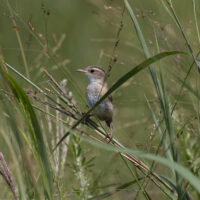
Grassland birds have rapidly declined throughout North America, and have experienced some of the steepest population declines of any group of birds in the United States. Since its transformation into an urban greenspace, Freshkills Park has become the home of many important species of grassland birds, including Grasshopper Sparrows, Bobolinks, and Eastern Meadowlarks.
...MORETake Flight with Grassland Pollinators
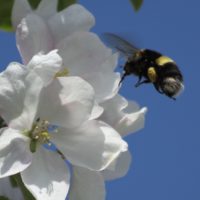
How many pollinators can you name? Honeybees are the world’s most famous pollinators, but they’re not the only ones. Pollinators include insects, birds, bats, and even some reptiles. Some pollinators are generalists, meaning they will pollinate all plants, while others only pollinate specific species.
...MOREGrassland Research Continues for Fourth Year
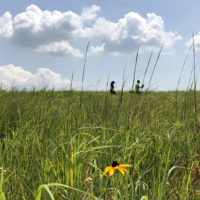
This spring, staff and interns will continue studying the grasslands at Freshkills Park. The research project is working to characterize the structure and diversity of the grasslands on two of the capped landfill mounds. Large populations of grassland birds have been nesting at East Mound, but not North Mound.
...MOREBackground Noise Study Results
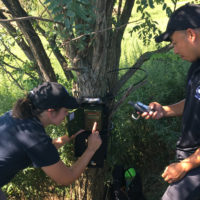
This summer Freshkills Park staff and interns partnered with the NYC Parks Wildlife Unit to evaluate differences in ambient noise levels between two areas of the park. To track the noise levels, sound recorders were placed at corresponding locations on North and East Mounds.
...MOREExploring Background Noise Levels
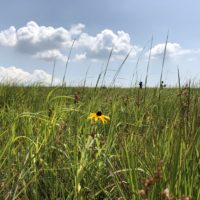
A new research project is being developed at Freshkills, and it’s a noisy one. Staff and interns will partner with members of the NYC Parks Wildlife Unit to place sound meters around the park to compare ambient noise levels between two areas.
...MOREThird Year of Grassland Research Begins
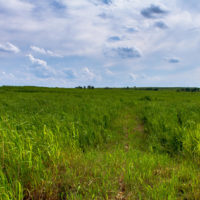
The closure of the Fresh Kills Landfill and the planting of native grasses atop the landfill cap has led to hundreds of acres of new grasslands. This offers the unusual chance to see a nascent ecosystem take shape, bringing its value as a specialized habitat with environmental benefits to the forefront.
...MORECapturing Change: Nesting Season
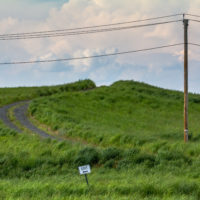
This essay is published in Urban Omnibus.
Of Freshkills Park’s 2,200 acres, half are now grasslands. The Department of Sanitation (DSNY) created these meadows over the last twenty years as part of the landfill “cap.” Layers of soil, geotextiles, and a plastic geomembrane have sealed off the landfill mounds, and native plants have rooted in the topsoil to help prevent erosion.
...MOREGrassland Research Continues at Freshkills Park
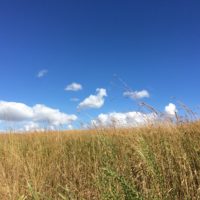
With the decline of grassland habitat, less than 1% of original grasslands remain in the Northeast. Meanwhile, the mounds of the Fresh Kills Landfill have been covered by a cap and seeded with native plants, and the engineered grasslands at Freshkills Park are providing vital habitat to many bird species dependent upon them.
...MOREFreshkills Park Provides Habitat for Grassland Birds
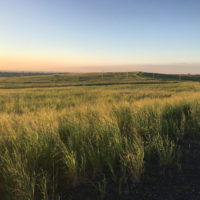
At a time when grasslands have drastically declined across the country, the reclaimed land at Freshkills Park is providing a habitat for grassland bird species.
Because grasslands are favored for agricultural production, they have largely been converted into cropland and pastures.
...MORE



